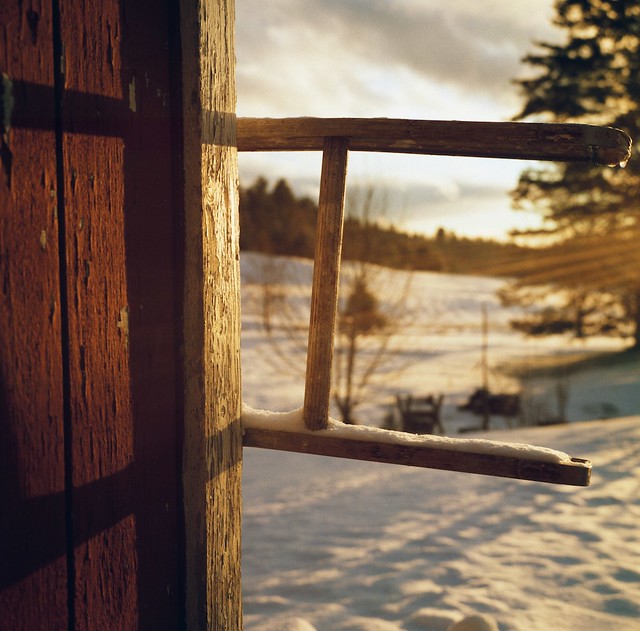Doesn't CR200 have to be loaded in complete darkness.
Seems like I read that if the leader is exposed to light, it will eventually fog the whole roll.
Correct me if I'm wrong.
Hi,
you are wrong.....
😉.
It is sufficient to load the film in subdued light. No problems if you load at normal light in your house before you go out shooting.
A bit more problematic if you are in bright sunlight: Then turn your back to the sun and load the film in the shape of your body.
With bad luck the first two or three pictures of the roll show some fogging in the sprocket hole areas.
Can this film be a substitute for Kodachrome? No, not at all. This film is completely different: The CR200 is extremely warm, or better said: it has a strong yellow color cast. That wasn't the case with Kodachrome.
And CR200 has much much coarser grain, much lower resolution and sharpness than Kodachrome.
It's a completely different film with a different look.
And it has one further disadvantage: It is not produced anymore.
Due to a recent official statement of the former CEO of Maco, which is distributing this film, this film was made at the former Agfa Leverkusen factory for Agfa-Gevaert in Belgium. It has never been coated in Belgium. All what is sold now is leftover stock.
I am convinced that we all here agree that transparency film is a major part of the film photography culture and history.
And that it absolutely deserves to be alive!
To keep it alive the only way is now to support Fujifilm and buy their slide films (and films which are made by them like AgfaPhoto CT Precisa 100 and Lomo Tungsten). The more, the better.
Cheers, Jan




